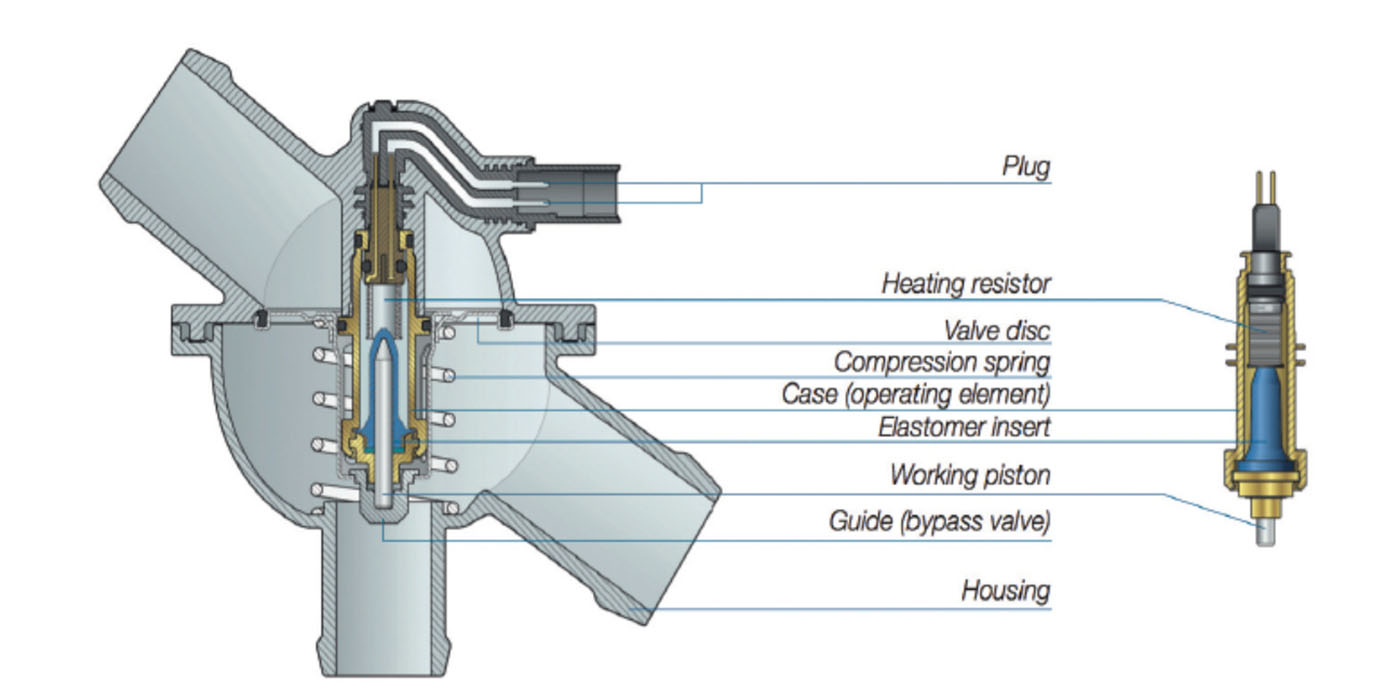From AAIA Capital Report
The Washington State Department of Ecology formally proposed on June 20 regulations to implement chapter 70.285 RCW, relating to the composition of brake pads, also known as the Better Brakes Law. The Better Brakes Law phases out the use of certain substances including copper, asbestos and several heavy metals from automotive brake pads, both aftermarket and original equipment.
The first requirement to reduce asbestos and several heavy metals goes into effect on Jan. 1, 2015. Copper would be required to be reduced to 5 percent by 2021; and could be required to be reduced to .5 percent at a later date should the Department of Ecology find such action technically and economically feasible.
The law was passed due to concern that use of certain substances in brake friction material could cause harm to human health and the environment. California has enacted similar requirements, but has thus far not initiated the development of regulations to implement their statute.
The Department of Ecology also announced last week that public hearings will be held on July 10 and July 12 to solicit further comments and feedback on the proposed regulations. Written comments also may be submitted to the Department of Ecology, but must be received by July 19.
A copy of the proposed regulations and other rulemaking documents may be found here.
More information also can be found on the Department of Ecology’s Better Brakes webpage http://www.ecy.wa.gov/programs/hwtr/betterbrakes.html.













